Mashed Image-Text SplatThis past Tuesday at The Cabin's Free Drop in Writing Workshop, we dug out characters, story, landscapes, poetry and scenes that spawned from drawing exercises, from observations and poetic inspirations, and mixed them together for some cooked juxtaposition – looking for connection out of disconnection. Intro Amanda Palmer in The Art of Asking defines the artmaking process as collecting, then connecting, then sharing and invited an exploration of that -- especially the first two steps. Start by writing a series of observations. Everything you’ve noticed today. Write for 10 minutes -- try to keep your hand moving, not editing as you go. Draw: Now, switch gears. Consider different ways of seeing. And the stuff our bodies can create when we’re not thinking too much. Take five pieces of paper (you at home can grab up to 20). In one minute, make a drawing on each of these sheets. Don’t think. Don’t worry about thoughts like, “but I can’t draw” or “I’m not an artist.” Pay less mind to drawing "something" at all. Instead, get some lines on every page. Allow the lines and curves to speak for themselves. Use a tool that can really move fast -- Sharpies are my go-to. See into the drawings: Now spend five minutes adding to these drawings. Maybe one shows you a landscape. Another a character. An object? Yourself? An idea? Give the image more shape, more texture. You can focus on several, a few, one that really speaks to you. Now, Walk Away Step aside from your work right now and take a walk. Maybe it’s around the room. Maybe you go outside and enjoy what’s there. As you walk, observe. Collect what you notice. Take notes in your head . We walked for 5 minutes, but you can take as long as you like. Maybe 15, 20. As we reconvened, we noted a few things we observed so far in our time together. Some noticed aloud, others to themselves. Read/Write Switch gears again. Recently, I got some bookmarks from AROHO (A Room Of Her Own Foundation*). These bookmarks contained inspiring poems and art by women. We read three of them. One at a time. Unlike most workshops, we didn't discuss these. Instead, I invited us to feel what’s in the poems. Here, you can do the same. Let your gut, heart, spirit, body respond, more than mind. Then write for about ten minutes after each. You can of course write more if you want. *Consider joining their Circle project, creative women! won’t you celebrate with me lucille clifton won't you celebrate with me what i have shaped into a kind of life? i had no model. born in babylon both nonwhite and woman what did i see to be except myself? i made it up here on this bridge between starshine and clay, my one hand holding tight my other hand; come celebrate with me that everyday something has tried to kill me and has failed. After: "won’t you celebrate with me?" Write what you’re celebrating today. It needn’t be joyous. Clearing Martha Postlewaite Do not try to save the whole world or do anything grandiose. Instead, create a clearing in the dense forest of your life and wait there patiently, until the song that is your life falls into your own cupped hands and you recognize and greet it. Only then will you know how to give yourself to this world so worthy of rescue. After: "Clearing" Write what you’re trying to save. What you shouldn’t try to save. What not to do. Every Revolution Needs Fresh Poems Alice Walker Every revolution needs fresh poems that is the reason poetry cannot die. It is the reason poets go without sleep and sometimes without lovers without new cars and without fine clothes the reason we commit to facing the dark and resign ourselves, regularly, to the possibility of being wrong. Poetry is leading us. It never cares how we will be held by lovers or drive fast or look good in the moment; but about how completely we are committed to movement both inner and outer; and devoted to transformation and to change. After: "Every Revolution Needs Fresh Poems" Write everything else a revolution needs. Write the reason poetry can’t die. After reading, writing: Do you notice any unexpected connection between what you wrote here, What you drew, What you noticed walking around, And what you wrote in the beginning? Look for pieces and strands that can connect. Or maybe parts you don't think belong together -- might they anyway? Put some of your words and images together. Match up one of the images and the text you created. Or maybe all the images can fit together on one page. Maybe you write on the back, Or paste little images onto another sheet paper, and write there Or write directly on the images. However you pair text and image, don’t worry about what fits or makes sense. Embrace juxtaposition – connecting parts that don’t seem to go together. See what each pairing teaches you, how it inspires new connections. Do characters, landscapes, images from drawings connect with the writing? Do some of the words work well with the images, even if their meanings don’t fit? Use text from our first writing together, as well as observations from your walk. Spend some time finessing, adding color, more words here and there. We spent 10-15 minutes doing this, just starting. You could spend all day on it if you like. Or longer. Maybe it becomes a whole new project. Reflection: How can this process help in a current project? What did you learn? How can you use this to continue working on something you’re writing now? Or, did you find a character, image, word, paragraph, anything emerge, That may become a pivotal part of a creation, or even a brand new project? Share your work with someone! Here's something I came up with that night. It's definitely a beginning, a sketch of an idea. I can't tell you what it means yet -- maybe you can tell me. Closing: Thank you for taking time out of your day to write and draw with me. Happy Creating! PS! There are now TWO Free Drop In Writing Workshops per month at The Cabin! | The regular First Tuesday Drop Ins led by me or Danny, alternating months (plus a guest teaching writer here and there) Are joined by the NEW Third Thursday Drop Ins (Words In Action). So the next Drop In Writing Workshop is on February 15! Very good things happen at The Cabin.
0 Comments
Songs for Right NowMaybe it's because I live and partner with a musician, but lately music has been a big influence on my life. Song lyrics are creeping their way into my plays more than before. For this month's Free Drop-In Writing Workshop at The Cabin, I brought that interest into the room. Using song lyrics and instrumental music as inspiration, I invited attendants to generate lyrical material from their own perspectives or one of their characters. Why songs for writers? Why songs right now? If you celebrate holidays, original songs can be an interesting gift. Or a different way of celebrating. If you have trouble with holidays or winter in general, Songwriting can be a way to cope. Also a way to protest, to find joy, to share love, to invoke action, to heal… If you play an instrument, it makes sense to find your songwriting voice too. Songwriting can help your poetry or give a fictional character a new voice. This tool can be used investigate your memories differently. Can be used as a true expression of emotion. And… The Cabin put out a call for poetry, fiction and nonfiction work in their yearly Writers in the Attic submissions with a 2018 theme: SONG. You might write something that can fit into that contest. What are your reasons to try writing songs, song lyrics or write inspired by music? Read and dissected song lyrics. Starting with "Soothing" by Laura Marling and moving onto "Every Single Night" by Fiona Apple, on Tuesday we read lyrics that feel thick with images and also have contrasting structures. We read each aloud twice, everyone taking a section, moving down the table. Soothing by Laura Marling Oh, my hopeless wanderer You can't come in You don't live here anymore Oh, some creepy conjurer Who touched the rim Whose hands are in the door I need soothing My lips aren't moving My God is brooding Drawn in chalk across the floor You made it yours Your private door to my room May those who find you find remorse A change of course, a strange discord resolved I need soothing My lips aren't moving My God is brooding I banish you with love I banish you with love You can't come in You don't live here anymore Every Single Night
Fiona Apple Every single night I endure the flight Of little wings of white-flamed Butterflies in my brain These ideas of mine Percolate the mind Trickle down the spine Swarm the belly, swellin' to a blaze [Pre-Chorus] That's where the pain comes in Like a second skeleton Tryin' to fit beneath the skin I can't fit the feelin's in, oh [Chorus] Every single night's alight With my brain, brain [Verse 2] I say to her, Why'd I say it to her? What does she think of me? That I'm not what I ought to be That I'm what I try not to be It's got to be somebody else's fault I can't get caught [Pre-Chorus] If what I am is what I am 'Cause I does what I does Then brother get back, 'cause my breast's gonna bust open The rib is the shell And a heart is the yolk And I just made a meal for us both to choke on [Chorus] Every single night's a fight With my brain, brain [Hook] I just wanna feel everything I just wanna feel everything I just wanna feel everything [Verse 3] So now I'm gonna try to be still now Gonna renounce the mill a little while And if we had a double-king-sized bed We could move in it and I'd soon forget [Pre-Chorus] That what I am is what I am 'Cause I does what I does And maybe I'd relax Let my breast just bust open My heart's made of parts Of all that surround me And that's why the devil just can't get around me [Chorus] Every single night's alright Every single night's a fight And every single fight's alright With my brain, brain [Hook] I just wanna feel everything I just wanna feel everything I just wanna feel everything I just wanna feel everything After reading each, we broke down the words. What do you hear in these lyrics? What do you see? Feel? What makes up these song lyrics? What are the ingredients? What are the differences between each piece of writing? The similarities? Write: Now what could the steps be to create something like this? Many musicians start with the music first, but some don’t. First let’s try from words first. Imagine whose perspective you’re writing from. Your own? A character’s? A person you’re researching? A place? What are the biggest things on this person’s mind and heart? Tap the source. What are you trying to say? Then, what do you want to do with this song? Is this to praise, give love, protest? Is this to make an active statement, ask forgiveness, find hope? What is the imagery that comes? What verbs, what nouns? The musicality? The repetitions, the arc, the flow? As you write, you can sound out words, how they land aloud. Or don’t worry about any of that and write from that character’s perspective (you or someone else’s) about whatever you want to get out right now, and then afterward you can assemble your material into something more songlike. Questions? Write for 10 minutes, write for an hour, whatever feels right. Listen to Songs: Now let’s listen to the songs that go with these lyrics: Soothing Every Single Night What does the music add? Listen/Write: Next, let’s start with music. This time, you can write in song form or it can be something totally different. Play some instrumental tracks. Here are some artists I played excerpted tracks from on Tuesday: Penguin Cafe Orchestra, David Shire, John Coltrane, Philip Glass, J.S. Bach, Ludovico Einaudi, Augusta Read Thomas, Brad Mehldau, Tourmani Diabate, Vitamin String Quartet. You may have your own artists you prefer, or you can start with this list. You can play songs whole or switch them up partway. Line up these artists on a playlist or put in your favorite instrumental CD. Play music for at least 15, 20 minutes. Write what you hear. Maybe your words come out as lyrics. Maybe you prefer writing the story of the music. Or drawing what you hear, and writing what you see in that drawing. Write the images you pull from the sounds. Write the ideas, the hopes the dreams, anything. Now, prepare your work to share with someone. You can look through everything you've generated today. Add some more. Combine phrases, delete the mess. Use repetition, make new discoveries. Compact into choruses, verses. Find some melodies, harmonies. Or let this new non-lyrical work find special musicality. And reflect: How did that go? What was useful or interesting to you about this process? What was difficult or challenging? What was fun? What would you do differently next time? Thank you for taking time to write with me today. Remember WITA Song Contest Challenge! PS: I've been slow to post lately. I know it. My next tactic is to merge blogs, to try for something more regular. I'm thinking about discontinuing the 50 Shades of Kraay blog and posting here the scribbly writings I would post there (where I've been slow to post as well). If you have strong feelings about these thoughts, feel free to let me know. What is Pulling on You? Writing ActionThis Tuesday at The Cabin, we combined a search for our own personal urgencies with tools to excavate active language, in order to build our personal manifestos. You can take part in what we did on your own time, and add in your own flourishes. Write Your Urgencies: Consider everything that’s on your mind. Everything in your personal life. In your community. Everything going on in the world right now. The biggest things pressing on you right now. What has been pulling on you? What is that pull asking you to write? Now, write what you’re afraid to write, what you can’t write, what you’ve been longing to write, needing to write. Write for ten minutes. An American Lyric: We then read a series of short pieces from Claudia Rankine's An American Citizen, and discussed them. Here is one we used: -- At the end of a brief phone conversation, you tell the manager you are speaking with that you will come by his office to sign the form. When you arrive and announce yourself, he blurts out, I didn't know you were black! I didn't mean to say that, he then says. Aloud, you say. What? he asks. You didn't mean to say that aloud. Your transaction goes swiftly after that. -- I encourage you to find Rankine's full book of hurricane strength pieces like this one. We talked through some of these questions after reading: What is urgent here? What is speaking to you? What is the hidden world underneath? What questions are these pieces asking you? What questions do you have for these stories? What is active here? What calls you to action? And we discussed how writing can help us deal with the world. How writing can bring a call to action. How we can be active in our writing. Active as in Verbs... We used this delightful exercise from Natalie Goldberg's Writing Down the Bones: Divide your paper up into two columns. List one to ten on both sides On one side, list a bunch of juicy nouns. Objects, occupations, places, types of people, animals…anything. No need to connect them or make sense of them. Make them specific. Hairbrush, professor, Bermuda, singer, leopard... On the other side, in the second list’s heading, write an occupation. Any job. Below that, list all the verbs that job does. Active verbs. A cook cuts, slices, boils, steams, washes... Once you have your lists, make pairs between items in each list. Draw lines between them like a kid's matching game. Mix and pair. Nouns and verbs. Don’t aim for logical groupings. Write sentences based on these pairings. You can change present tense to past. Keep it playful. The hairbrush sliced through brunette strands... After writing your ten sentences, choose your favorite. Write a story starting with that sentence. Can all your verbs burst with that same active energy? Write for at least ten minutes. Keep going if time and space allows! Active as in Making a Stand Having a better sense of strong verb potential isn't the only kind of action... We can also use active verbs to create a different kind of writing. A personal manifesto. These writings can take many different forms. Perhaps yours is made up of observations that call your readers to take action. Like Rankine’s meditations on race in Citizen. Perhaps it is a specific call to action. Perhaps it is a list of everything fundamentally important to you. Here is a manifesto from my dear friend and amazing performer Sarah Gardner: Now write yours, perhaps bringing in an attention toward strong active verbs.
Can be manifesto about your writing About how to live To yourself, how you’d like to be To yourself and others, how you’d like everyone to be To the world. Remember what is urgent for you write now. What do you have to say? What are you afraid to write? What do you need to write? Try for a ten, fifteen or twenty minute writing session here... After you've written this piece, share it with someone! Then, reflect. What was useful or interesting to you about these exercise? What was difficult or challenging? Thank you for taking time to write with me today. Creative Limits - Beyond the Boundaries This is a mashup of what we did this Tuesday at The Cabin's Free Drop In Writing Workshop and the workshop I brought to the inaugural Puget Sound Workshop Workshop last week. I included the reading from the Drop In and reintroduced the interdisciplinary art focus from PSWW (an absolutely incredible experience, by the way -- and they just opened up registration for 2018!). Objective: We will investigate our personal limits as creative people, and then utilize those limits and additional boundaries as an avenue to generate new artistic material across disciplines that breaks our expectations. Intro: I believe our limits help show us who we are as artists and people. Working within boundaries breaks open creativity. Our failures shape our greatest art and our mistakes create the style that makes our work stand on its own. This workshop inquiry came about following the enforced stillness and silence this spring brought about from acute laryngitis wiping out my voice and an oncoming car wiping me and mobility out on my bicycle. Those sudden informing limits gave me intense frustration and some all-too familiar depression as I couldn't get everything done I wanted to when I had hoped for a productive spring, but also got my inner resources simmering on the value of such restrictions. Read/Discuss Oliver Sacks' excerpt: Recently I read Oliver Sacks' fascinating study on music and the brain, Musicophelia. Many of his essays deal with intensive, sudden limits thrust on people that resulted in unexpected change. This one deals with musicians facing dystonia, which is a condition much like an intensive writer’s cramp caused by repetitive movement that prevents musicians from playing – sometimes for life. Sacks says: “The term ‘dystonia’ had long been used for certain twisting and posturing spasms of the muscles such as torticollis. It is typical of dystonias, as of Parkinsonism, that the reciprocal balance between agonistic and antagonistic muscles is lost, and instead of working together as they should—one set relaxing as the others contract—they contract together, producing a clench or spasm.” Here's a focus on one particular affected musician: From Athletes of the Small Muscles: Musician’s Dystonia By Oliver Sacks Recently Leon Fleisher came to visit me a few days before he was to give a performance at Carnegie Hall. He spoke of how his own dystonia had first hit him. “I remember the piece that brought it on,” he began, and described how he had been practicing the Shubert Wanderer Fantasy for eight or nine hours a day. Then he had to take an enforced rest—he had a small accident to his right thumb and could not play for a few days. It was on his return to the keyboard after this that he noticed the fourth and fifth fingers of that hand starting to curl under. His reaction to this, he said, was to work through it, as athletes are often told to “work through” the pain. But “pianists,” he said, “should not work through pain or other symptoms. I warn other musicians about this. I warn them to treat themselves as athletes of the small muscles. They make extraordinary demands on the small muscles of their hands and fingers.” In 1963, however, when the problem first arose, Fleisher had no one to advise him, no idea what was happening to his hand. He forced himself to work harder, more and more effort was needed as other muscles were brought into play. Bu the more he exerted himself, the worse it became, until finally, after a year, he gave up the struggle. “When the gods go after you,” he said, “they really know where to strike.” He had a period of deep depression and despair, feeling his career as a performer was over. But he had always loved teaching, and now he turned to conducting as well. In the 1970s, he made a discovery—in retrospect, he is surprised he did not make it earlier. Paul Wittgenstein, the dazzlingly gifted (and immensely wealthy) Viennese pianist who had lost his right arm in the Great War, had commissioned the great composers of the world—Prokofiev, Hindemith, Ravel, Strauss, Korngold, Britten, and others—to write piano solos and concertos for the left hand. And this was the treasure trove that Fleisher discovered, one that enabled him to resume him to resume his career as a performing artist—but now, like Wittgenstein and Graffman, as a one-handed pianist. Playing only with the left hand at first seemed to Fleisher a great loss, a narrowing of possibilities, but gradually he came to feel that he had been “on automatic,” following a brilliant but (in a sense) one-directional course. “You play your concerts, you play with orchestras, you make your records…that’s it, until you have a heart attack on stage and die.” But now he started to feel that his loss could be “a growth experience.” “Suddenly I realized that the most important thing in my life was not playing with two hands, it was music…In order to be able to make it across these last thirty or forty years, I’ve had to somehow de-emphasize the number of hands or the number of fingers and go back to the concept of music as music. The instrumentation becomes unimportant, and it’s the substance and content that takes over.” And yet, throughout those decades, he never fully accepted that his one-handedness was irrevocable. “The way it came upon me, “he thought, might be the way it would leave me.” Every morning for thirty-odd years, he tested his hand, always hoping. Though Fleisher had met Mark Hallett and tried Botox treatments in the late 1980s, it seemed that he needed an additional mode of treatment, in the form of Rolfing to soften up the dystonic muscles in his arm and hand—a hand so clenched that he could not open it and an arm “as hard as petrified wood.” The combination of Rolfing and Botox was a breakthrough for him, and he was able to give a two-hand performance with the Cleveland Orchestra in 1996 and a solo recital at Carnegie Hall in 2003. His first two handed recording in forty years was entitled, simply Two Hands. Botox treatments do not always work; the dose must be minutely calibrated or it will weaken the muscles too much, and it must be repeated every few months. But Fleisher had been one of the lucky ones, and gently, humbly, gratefully, cautiously, he has returned to playing with two hands—though never forgetting for a moment that, as he puts it, “once a dystonic, always a dystonic.” Fleisher now performs once again around the world, and he speaks of this return as a rebirth, “a state of grace, of ecstasy.” But the situation is a delicate one. He still has regular Rolfing therapy and takes care to stretch each finger before playing. He is careful to avoid provocative (“scaley”) music, which may trigger his dystonia. Occasionally, too, he will “redistribute some of the material,” as he puts it, modifying the fingering, shifting what might be too taxing for the right hand to the left hand. At the end of our visit, Fleisher agreed to play something on my piano, a beautiful old 1894 Bechstein concert grand that I had grown up with, my father’s piano. Fleisher sat at the piano and carefully, tenderly, stretched each finger in turn, and then, with arms and hands almost flat, he started to play. He played a piano transcription of Bach’s “Sheep May Safely Graze,” as arranged for piano by Egon Petri. Never in its 112 years, I thought, had this piano been played by such a master—I had the feeling that Fleisher had sized up the piano’s character and perhaps its idiosyncrasies within seconds, that he had matched his playing to the instrument, to bring out its greatest potential, its particularity. Fleisher seemed to distill the beauty, drop by drop, like an alchemist, into flowing notes of an almost unbearable beauty—and, after this, there was nothing more to be said. Think about other artists you know (or know about) who’ve faced unexpected limits. How have these boundaries affected what they've made? And what about you? List and Reflect: Now, list ways that you find limits in your own artmaking/creativity. Physical, mental, emotional limits, others…? Time, space and money are some of the most common. Start there and then go deep. Consider all your limits. Conditions, boundaries, restrictions… List for about 5 minutes. Then reflect on every way your limits have gotten in the way of your art or productivity. But what if these limits have unexpected benefits? Can they help you understand why you do what you do? Can these limits help you create something remarkable? We’ll come back to this part later… Adding Boundaries Exercises: Consider how you work as an artist. What additional boundaries can you impose? Can these added boundaries inject new life into what you make? First Exercise: Impose a real, physical, imposing boundary that impacts what you do. Such as… If you’re a visual artist, you’ve lost the use of one eye, or are completely blind. If you’re a musician, one of your playing hands is no longer functional. Or you have lost your voice. If you’re a dancer or physical performance artist, you’ve lost one or more limbs. If you’re a writer, you can no longer use a language that you know well. Or you can’t use a letter of the alphabet. Or your dominant hand. If you’re an actor, you’re paralyzed from the waist up. Or…? These are examples – if you there’s a limitation that excites/scares you more, go for it. Use these examples to get ideas flowing. A lot of these limits are interchangeable between genres. Now, create something new. It can be about anything – you can start with something you’re working on already. Something about the room you're in, or someone nearby. About someone you love, where home is, what your limits are. Anything. But whatever you create needs to impose this one specific limitation. Spend about a minute deciding your limitation. Then take 4 to 8 minutes brainstorming what you want to make and how your limit could change or challenge you. If you're already stoked to dive in, you can use this time on the creating itself. Now spend 10 to 15 minutes working on your thing. Use any arts material available that speaks to you! Now hold onto that… Second Exercise: Building on the last piece, now do the genre you don’t do. It’s time to create a new piece. But you can’t use your preferred medium. It can be a variation of the last piece, or something else. But if you’re a writer, make a dance about it. If you’re a musician, express this as a painting. Endeavor into the artform that feels riskiest for you. If you feel comfortable in all genres, awesome. Then go even further outside the box – how can you make this as a culinary recipe? As a stand-up routine? As a phoned in message to the President? Again, spend about a minute choosing your genre. And 4-8 minutes brainstorming, if that's helpful. And 10-15 minutes (or as long as you want, really!) working on your thing. Then you deepen it, go further, do some revisions, even some polishing... How far can you go with this new piece? Reflect: How did that go? Think again about your limitations you wrote down earlier. Can you think of ways you could use these limits in your artform that you aren’t already? Now Share your new piece(s) with someone! Images Out of Thought into MeaningThis week, we created powerful pieces out of image banks based on abstract words. Warmup I’d like us to start today by writing, in list form, in free form, however works best for you, all of the images from your day, from the moment you got up to this moment. Warming up the mind/heart/body/spirit in this way, writing without stopping, and without a lot of talk or explanation, about everything you’ve seen, heard, tasted, felt, smelled, experienced, noticed. Be specific and go deep into each moment as much as you dare. Show us your day from your perspective, as though you carried around a video recorder from the moment you woke, one that captures all the senses and has a perfect memory. Read How did that go? Let’s keep those detailed, concrete images swimming through our consciousness as we read Mary Oliver's essay from Upstream, Bird. Pay attention to what you notice, what words or phrases stand out, and especially what sensory images hit your gut and skin. Read it out loud if possible. Bird |
Like what I'm posting? You can leave me a tip!
$1, $10, $100, whatevs :) Heidi KraayProcess notes on a work in progress (me). This mostly contains raw rough content pulled out of practice notebooks. Occasional posts also invite you into the way I work, with intermittent notes on the hows and whys on the whats I make. Less often you may also find prompts and processes I've brought to workshops, as well as surveys that help me gather material for projects. Similar earlier posts from years ago can be found on: Archives
April 2024
Categories
|
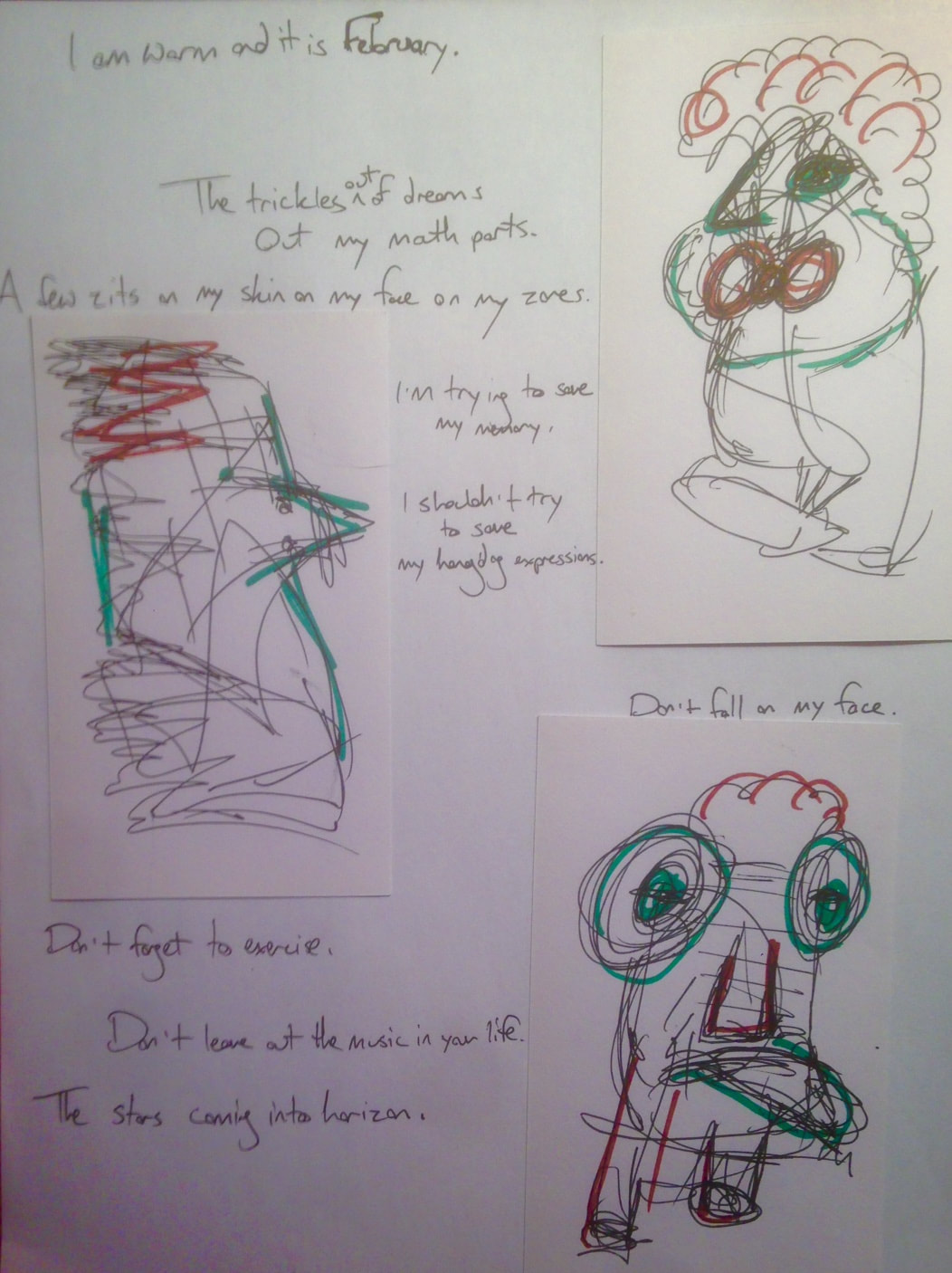
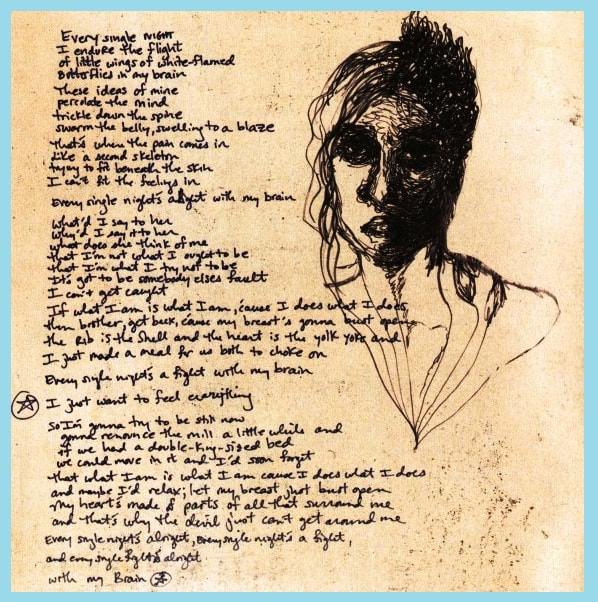
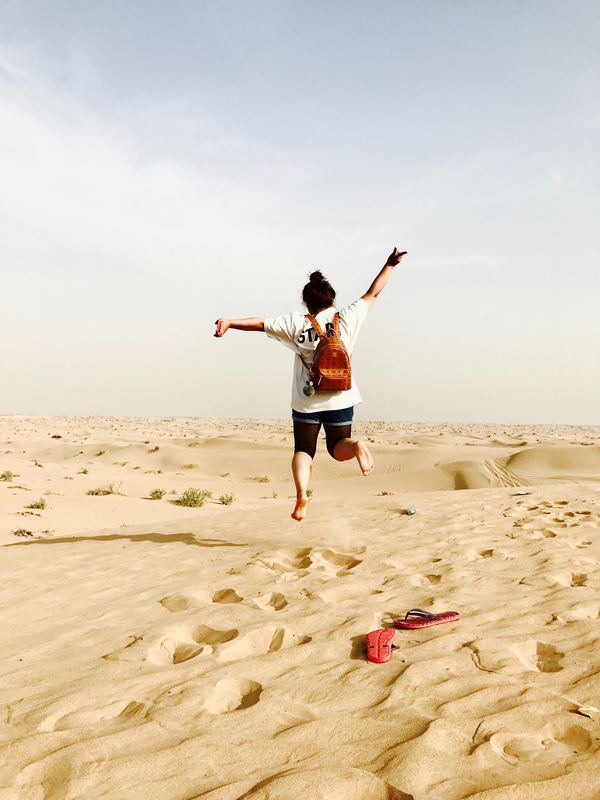
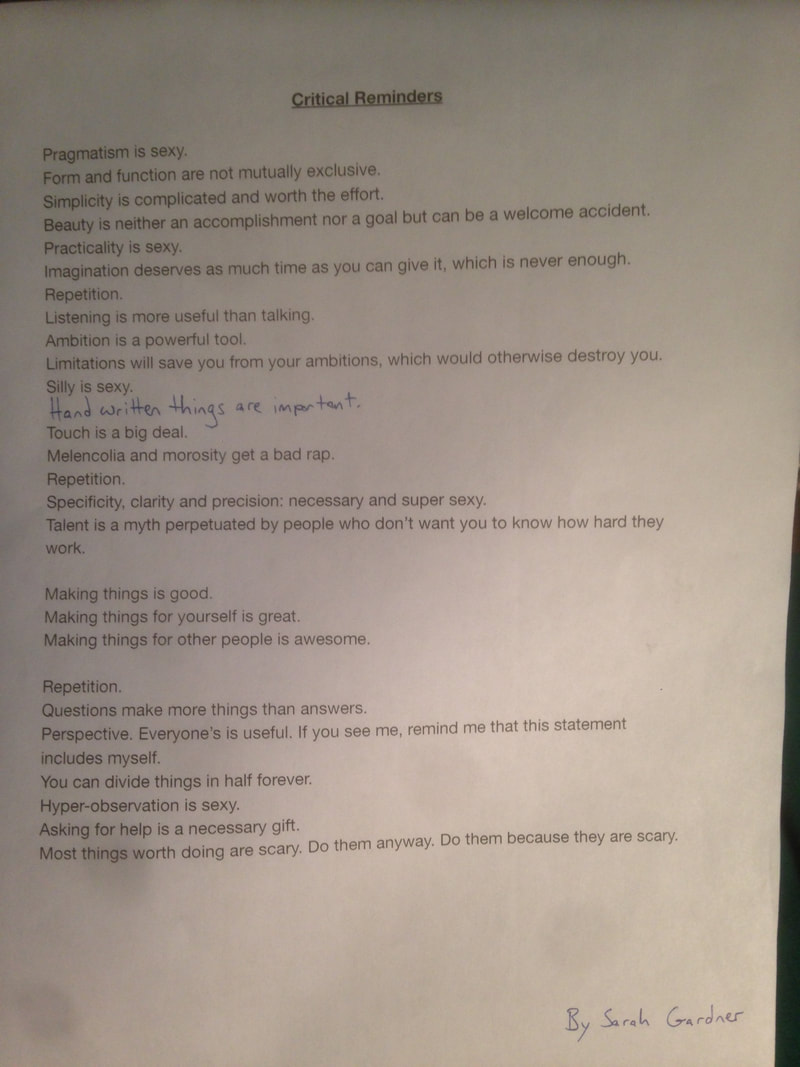
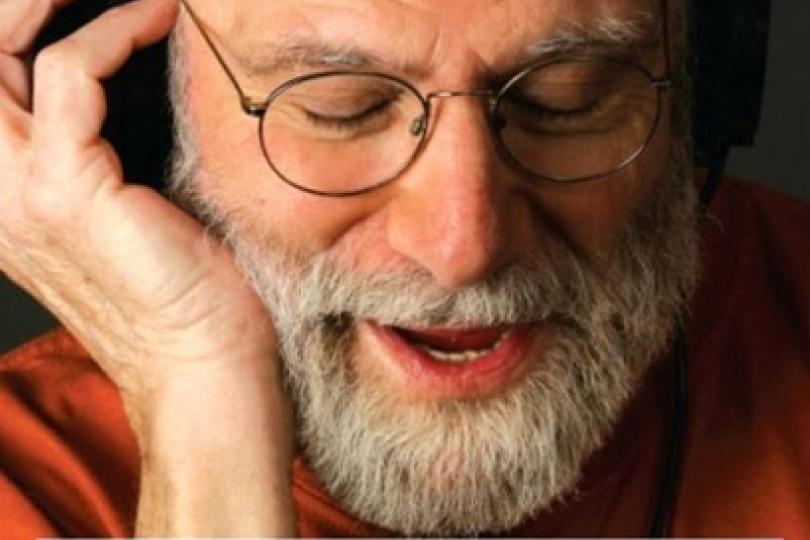
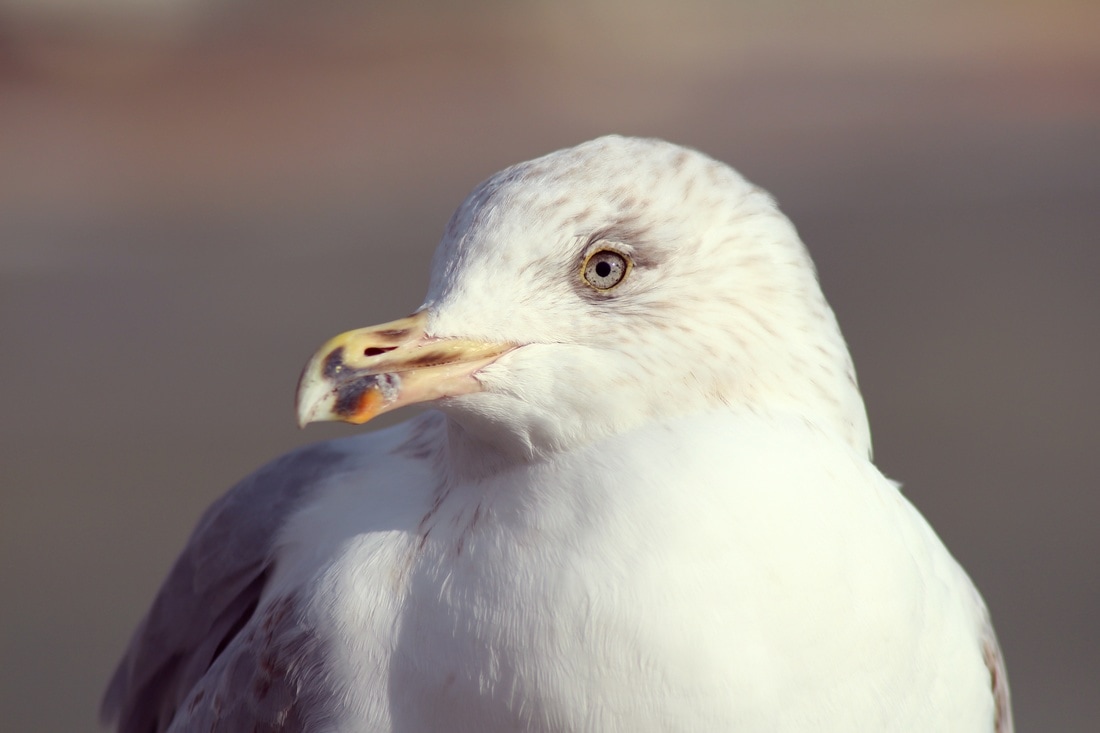
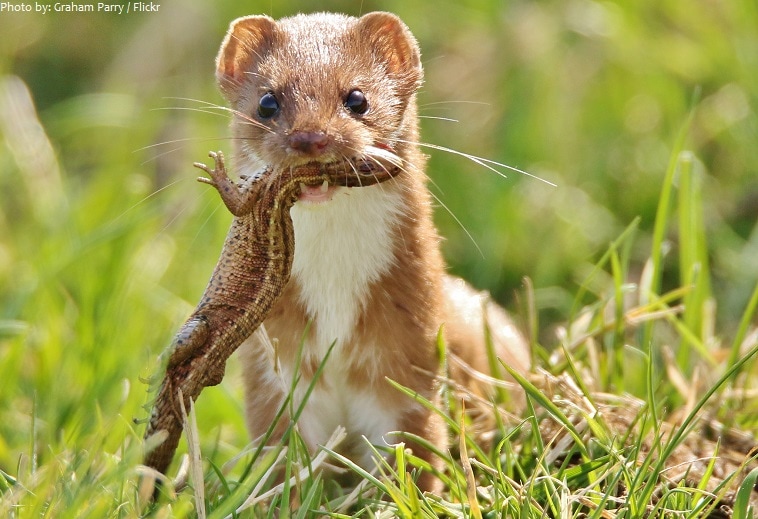
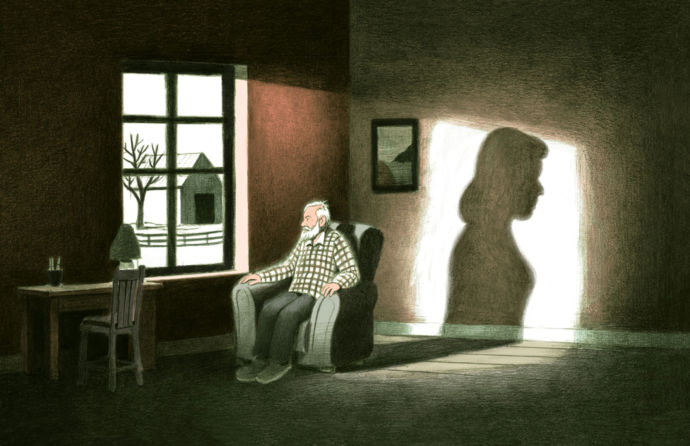
 RSS Feed
RSS Feed